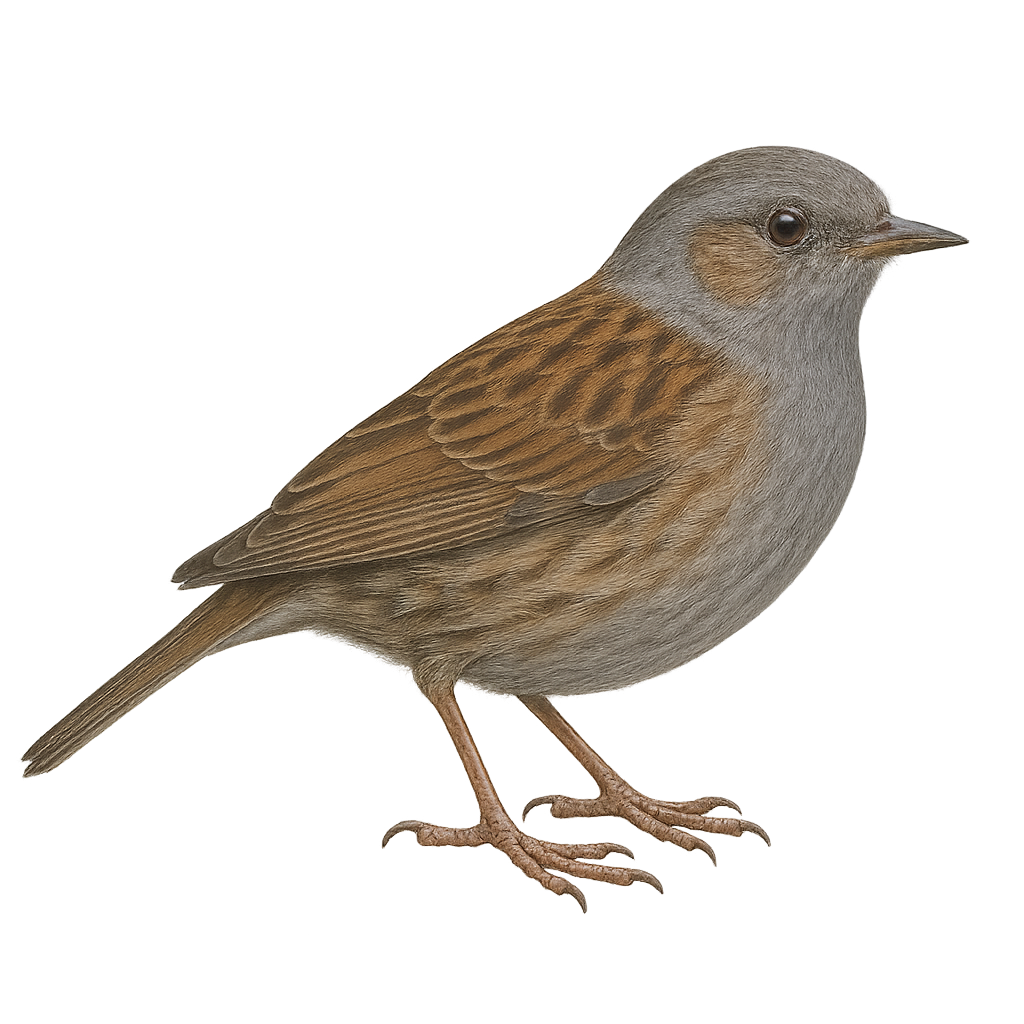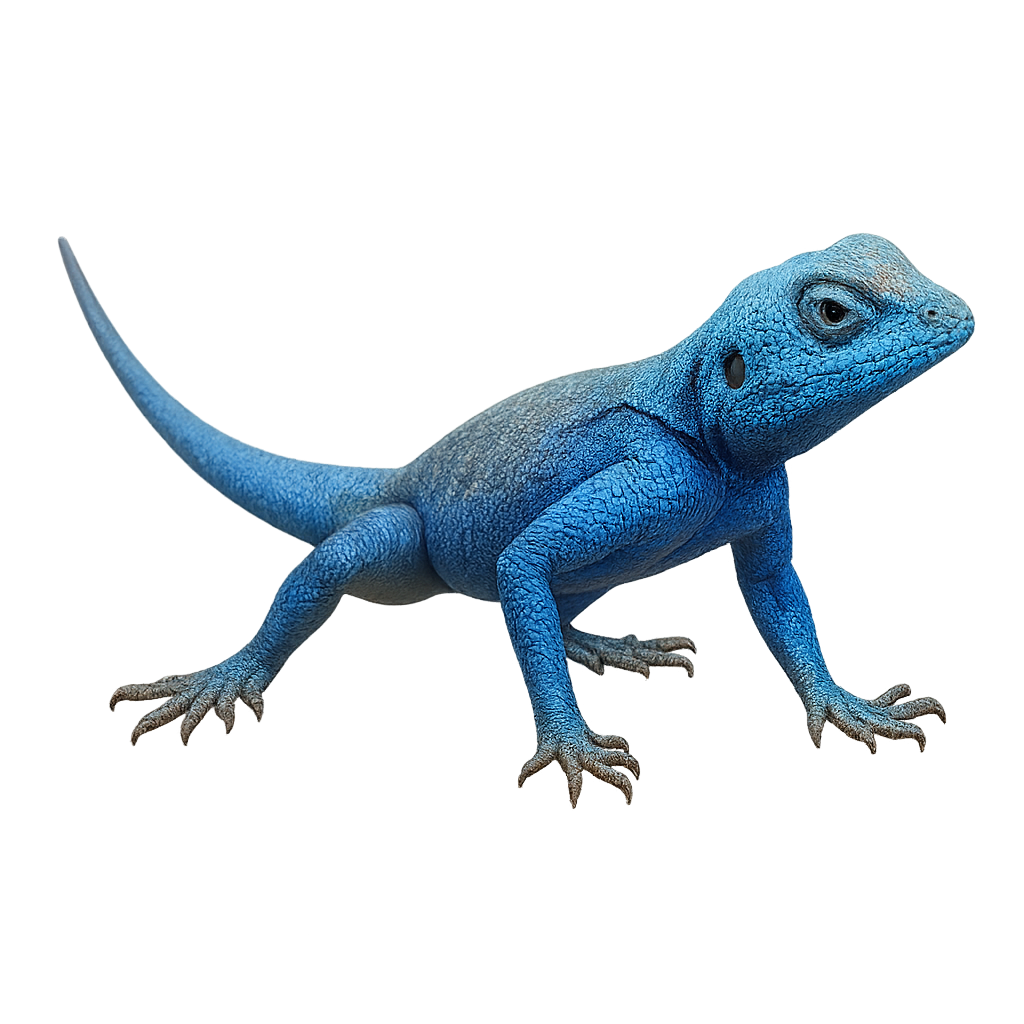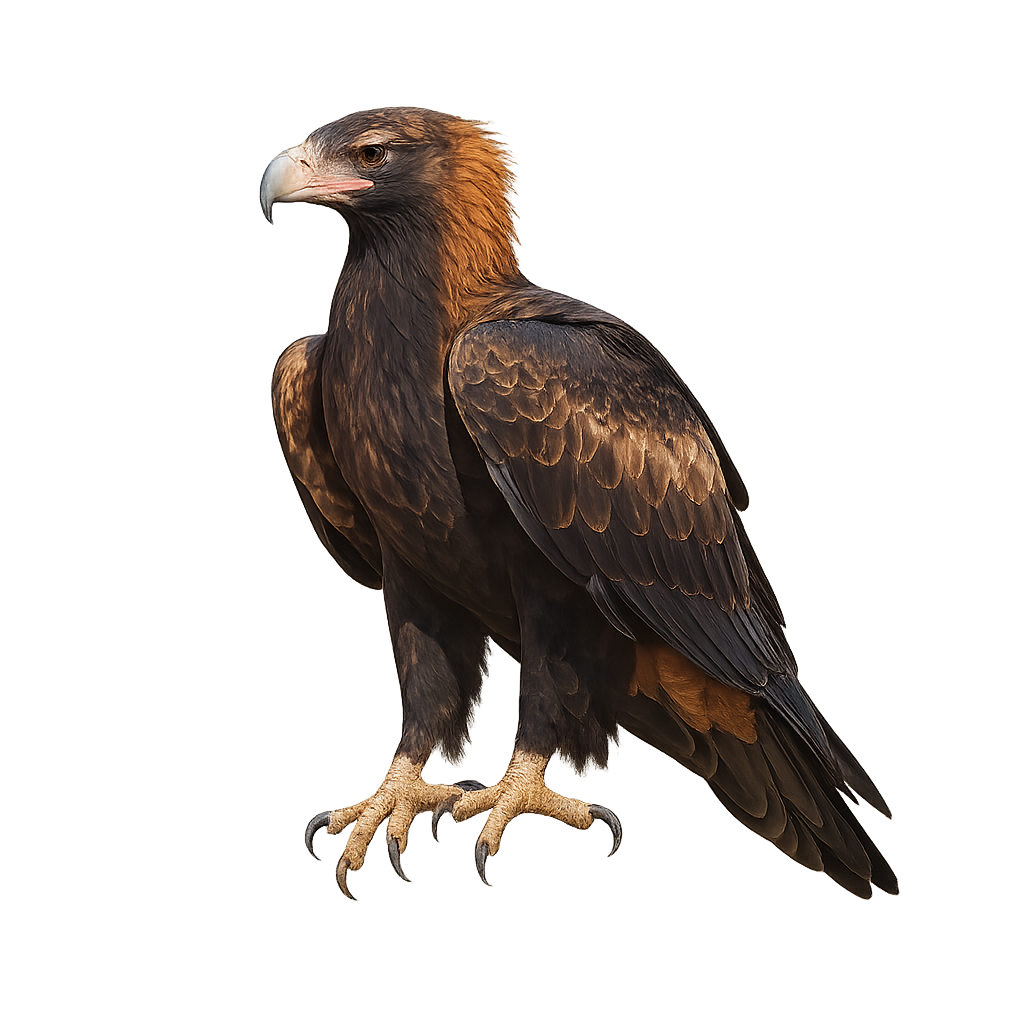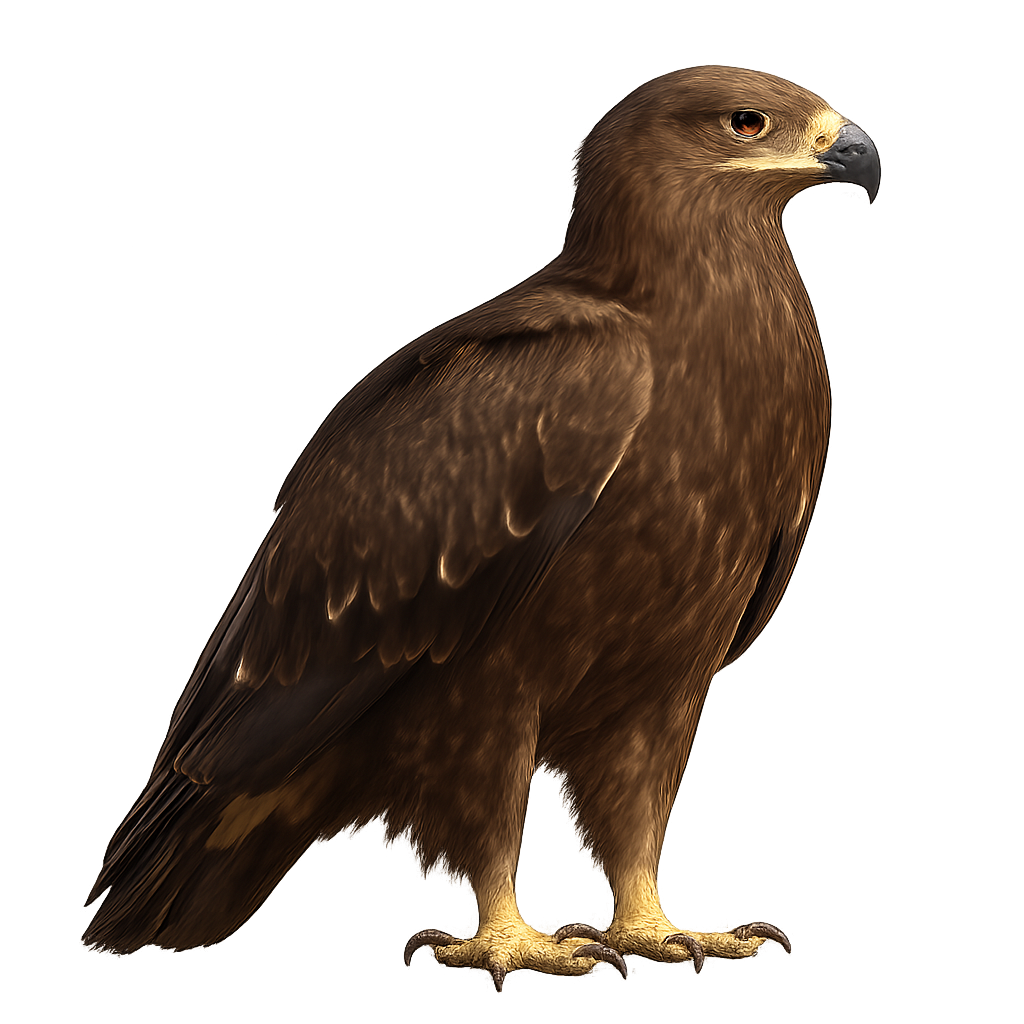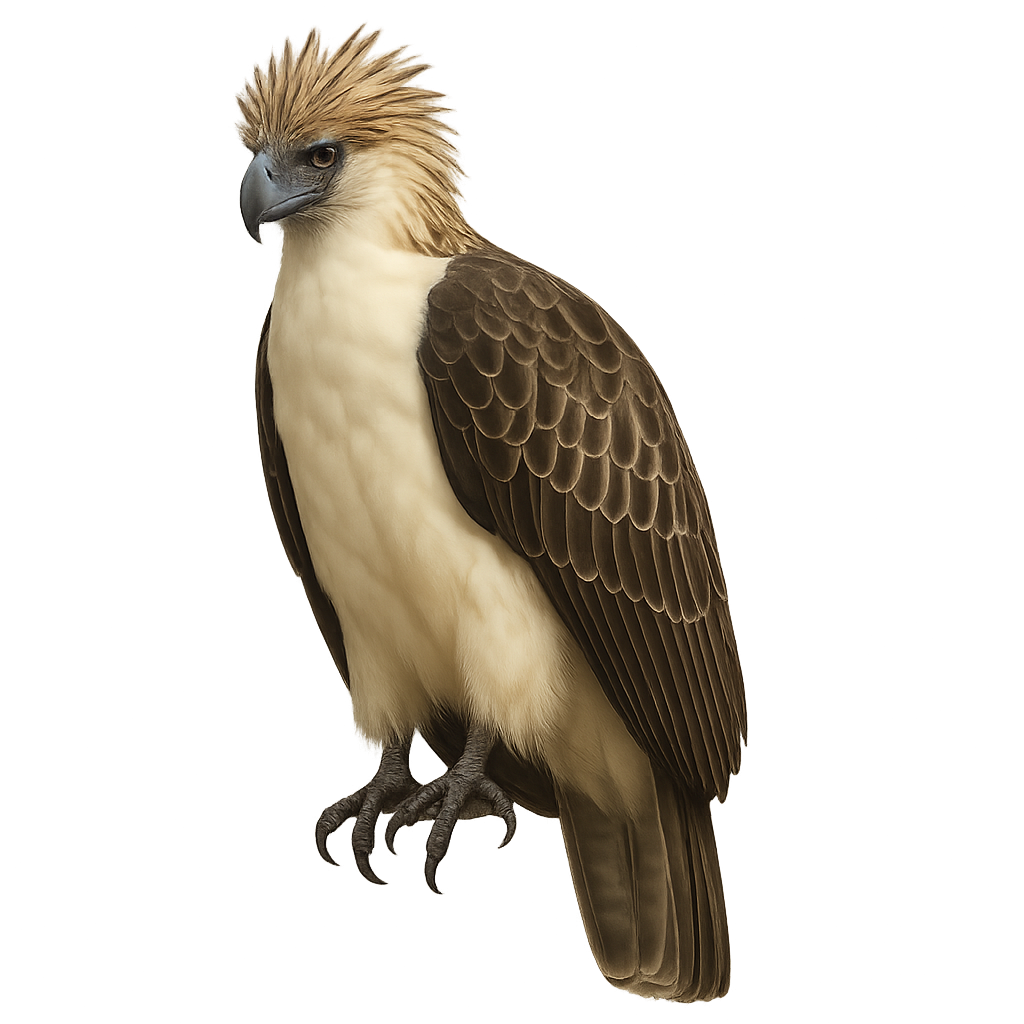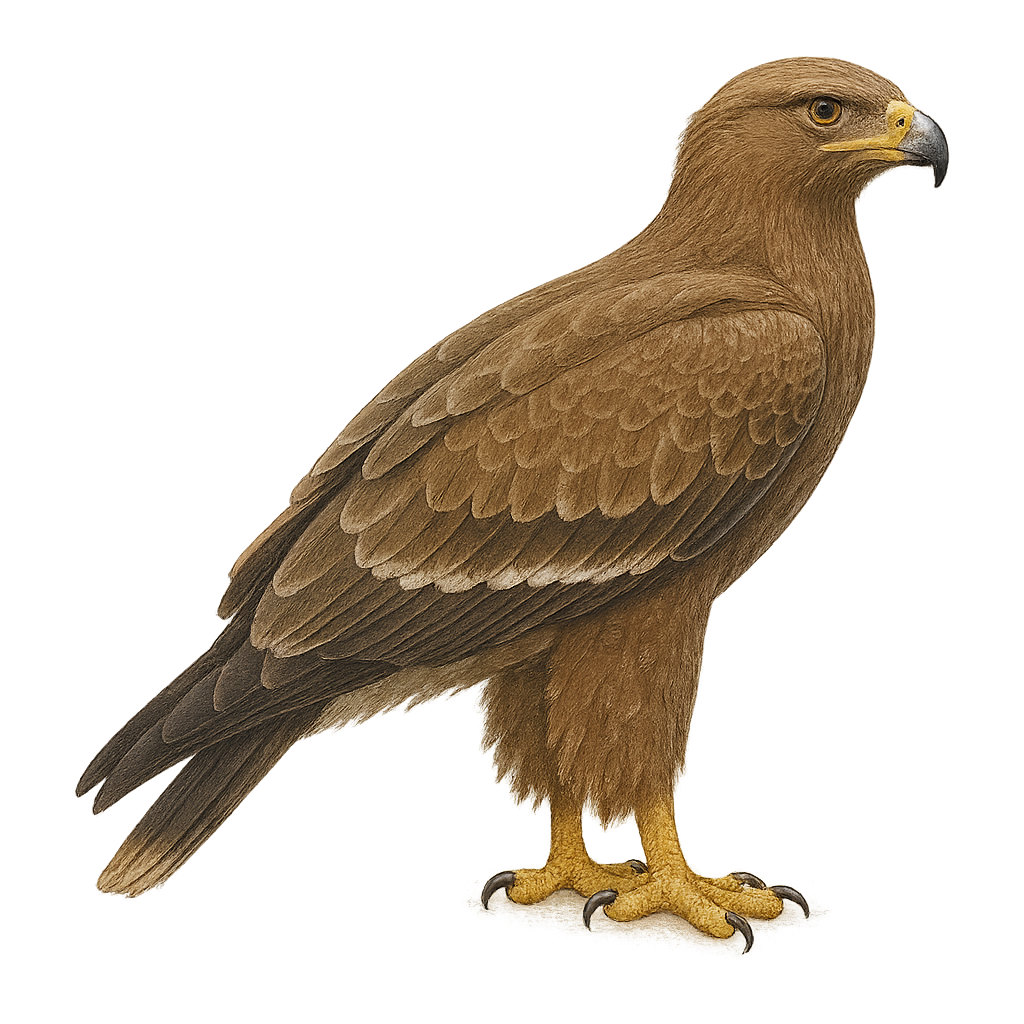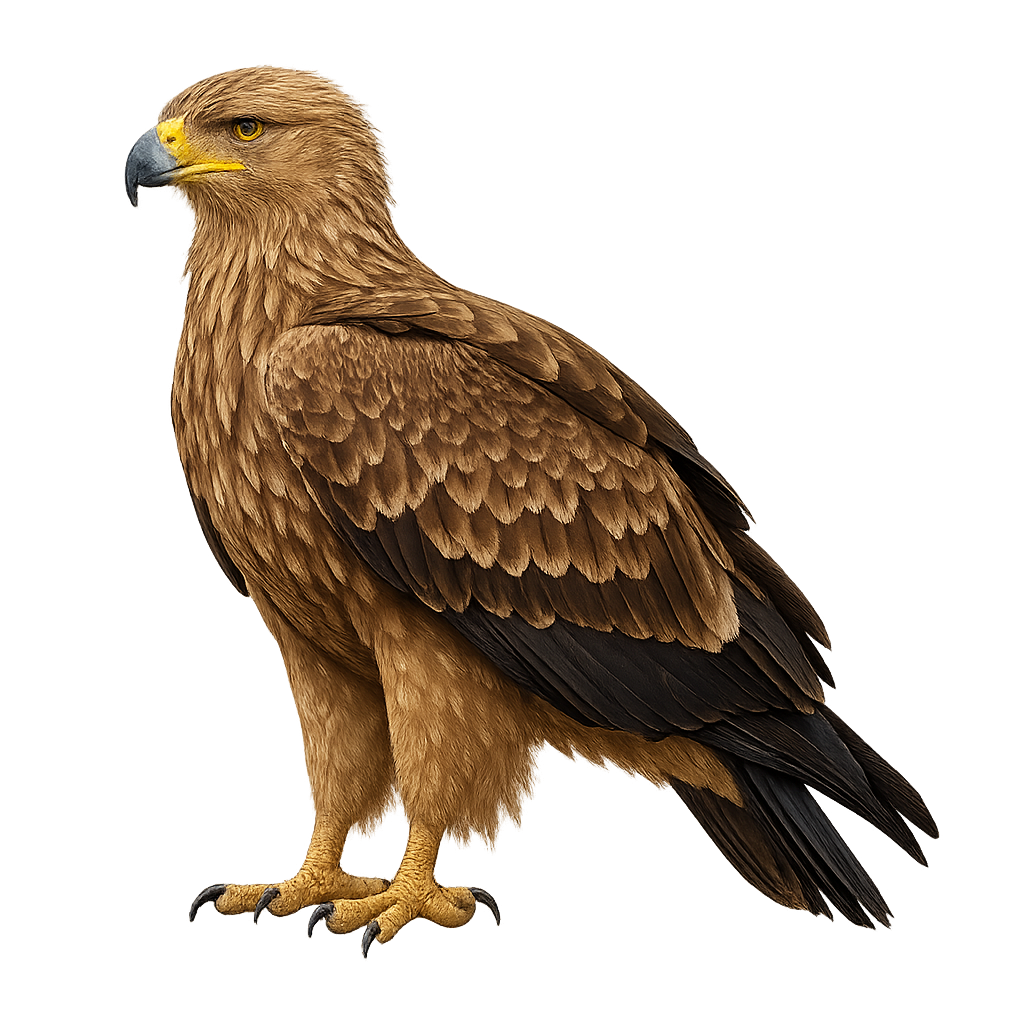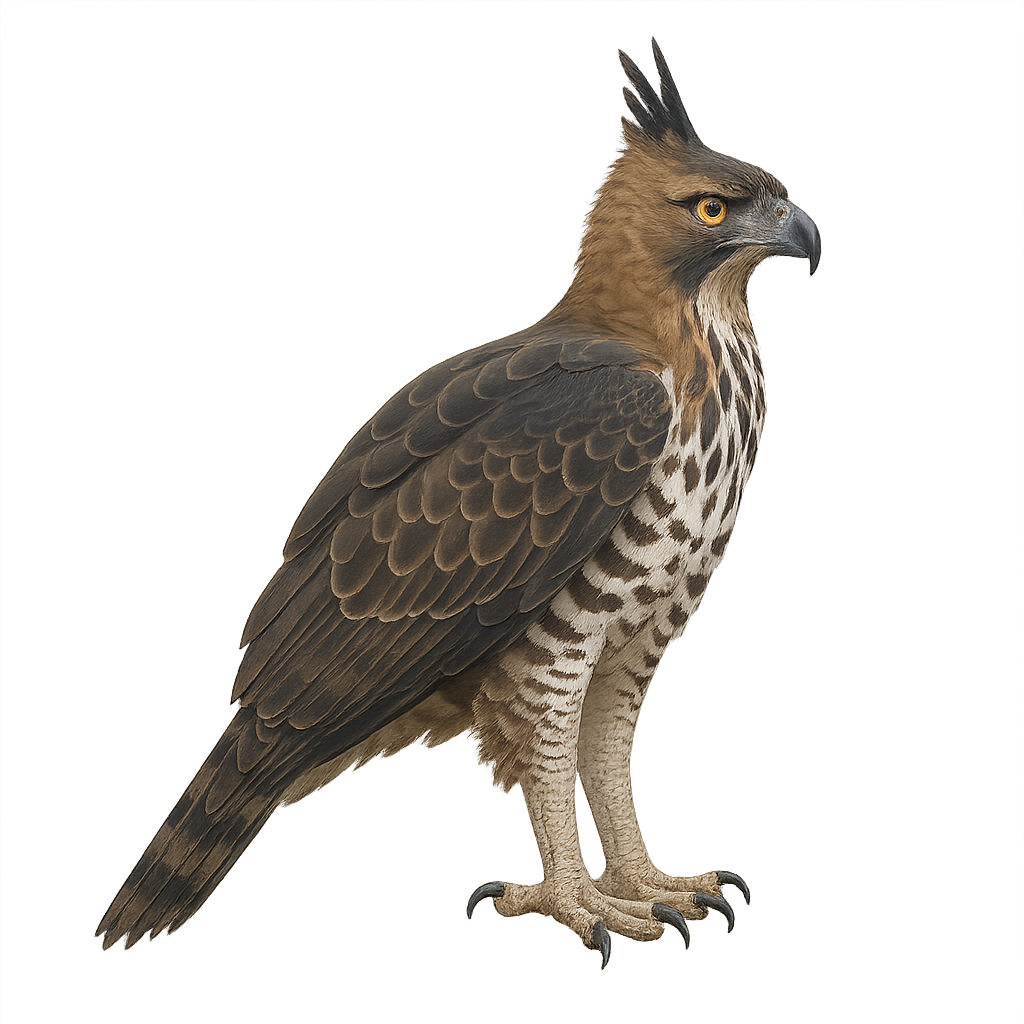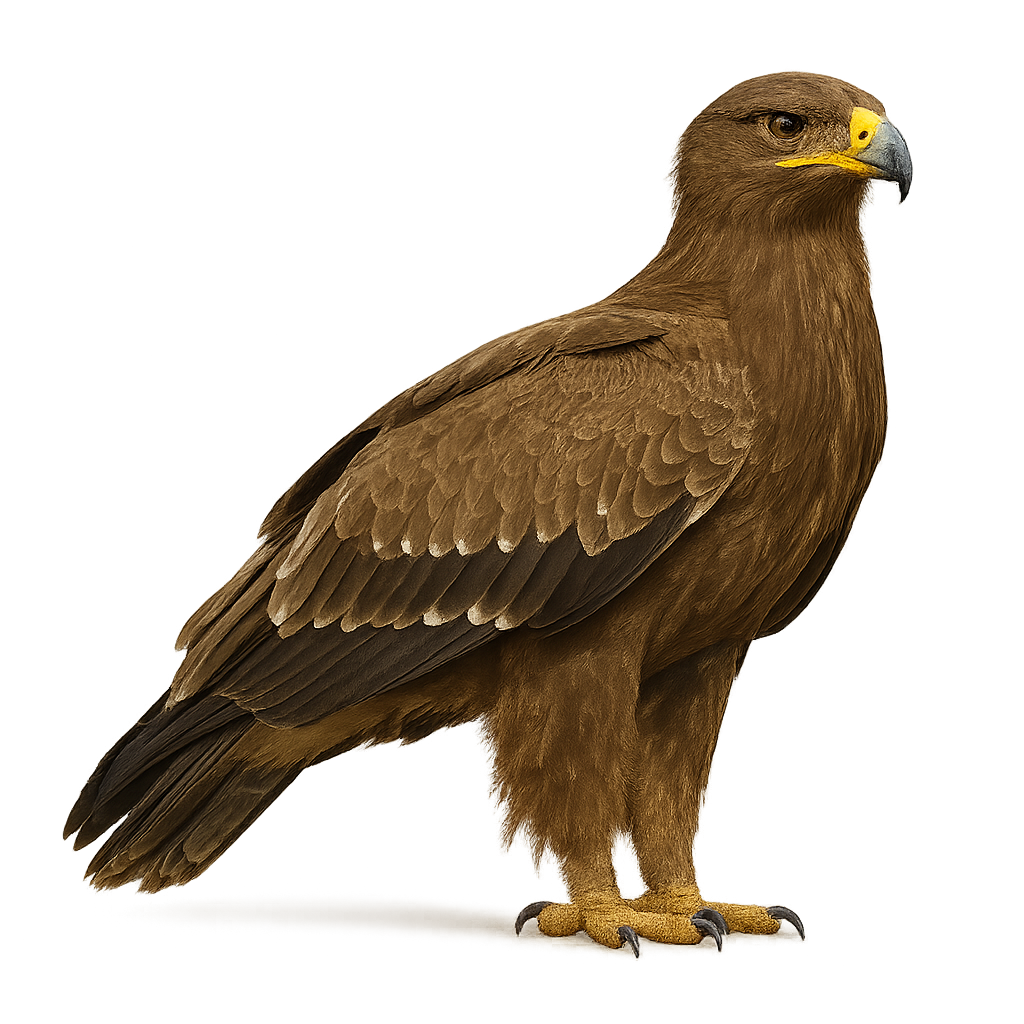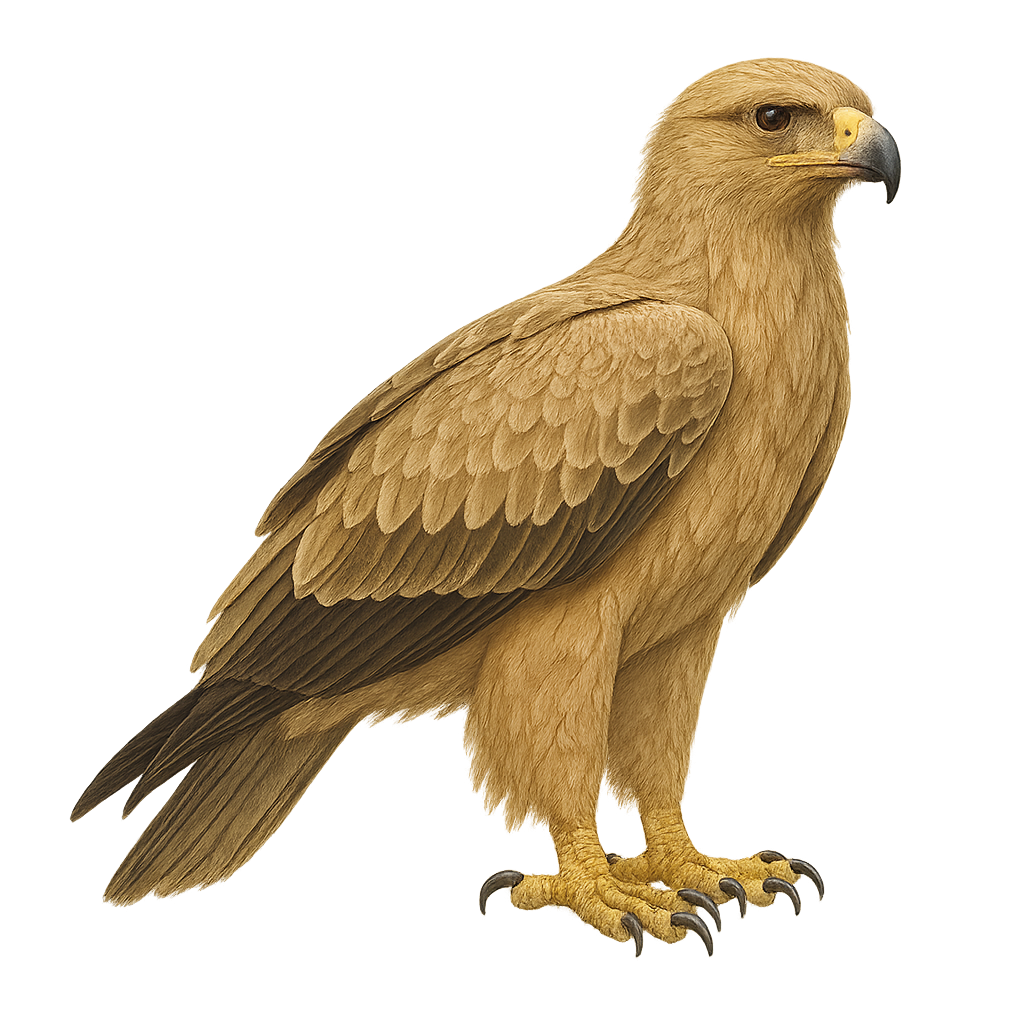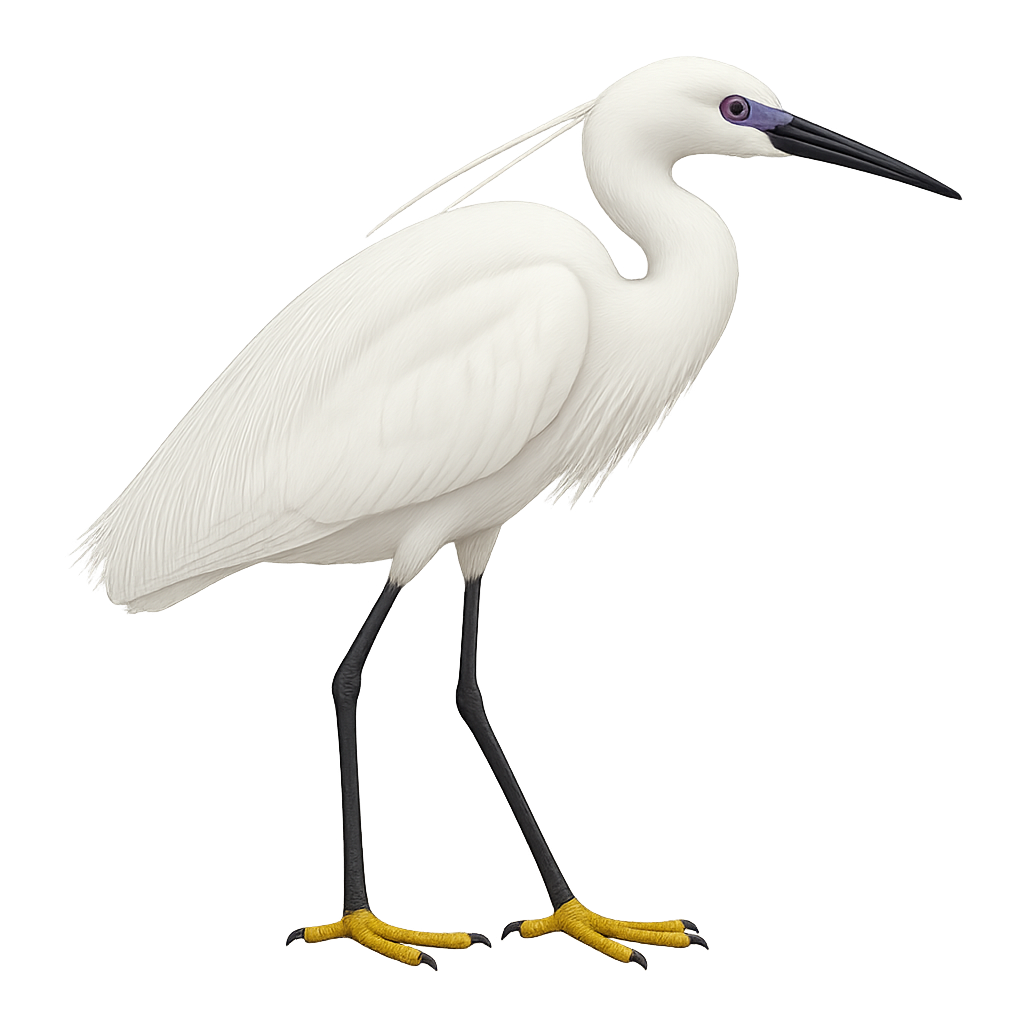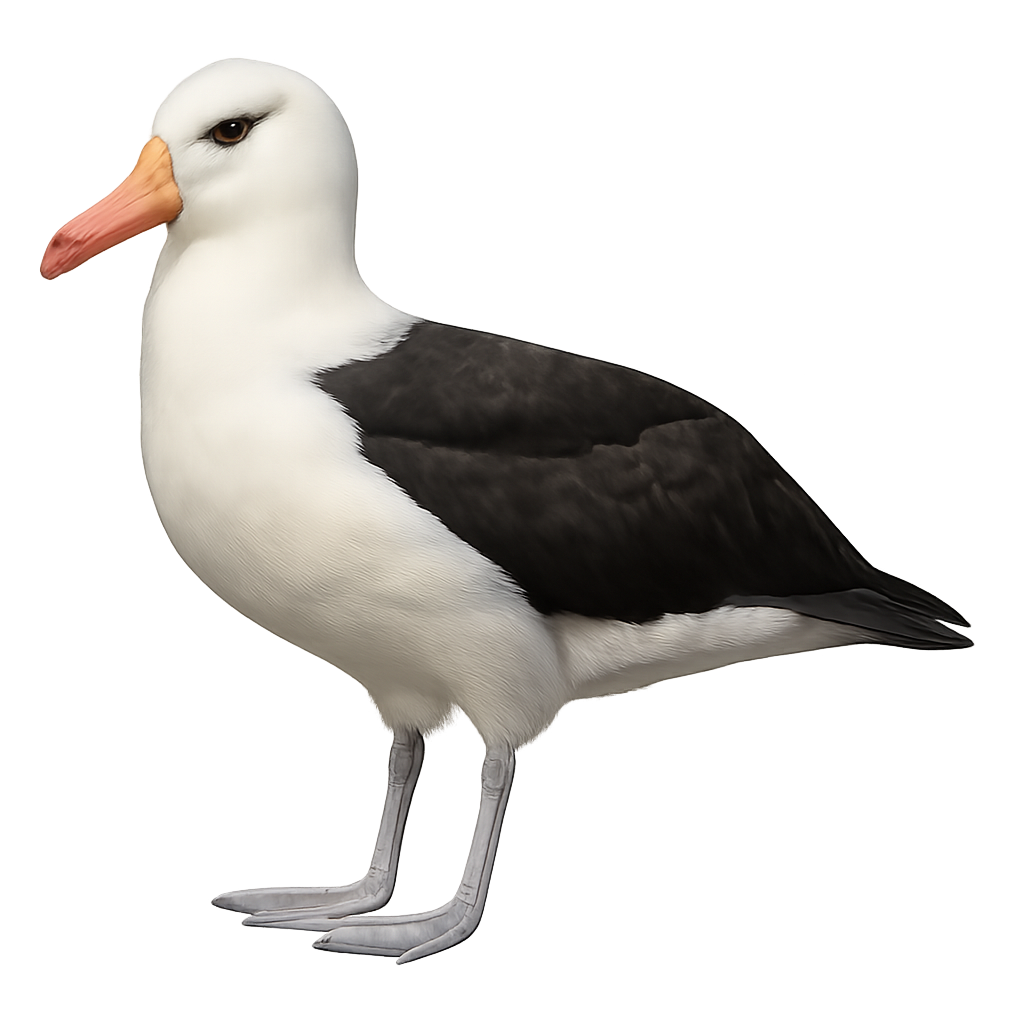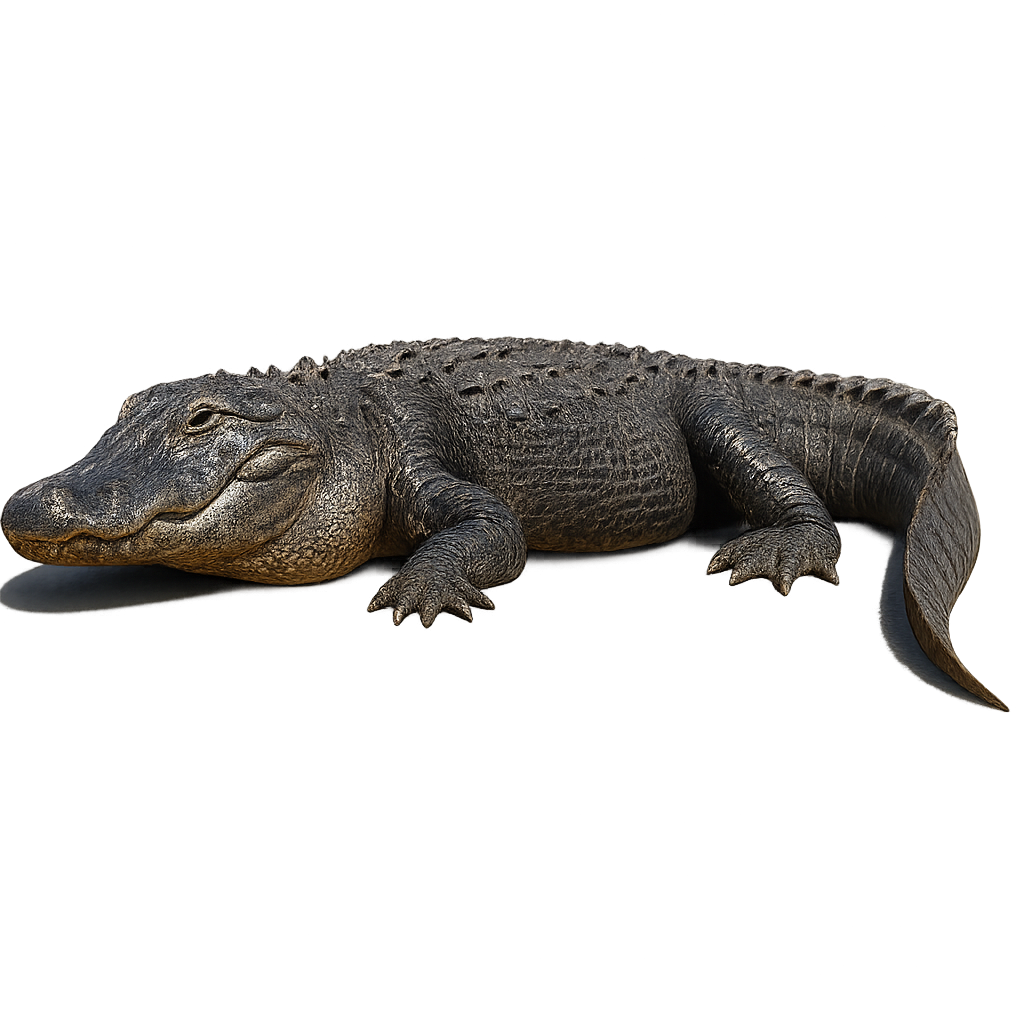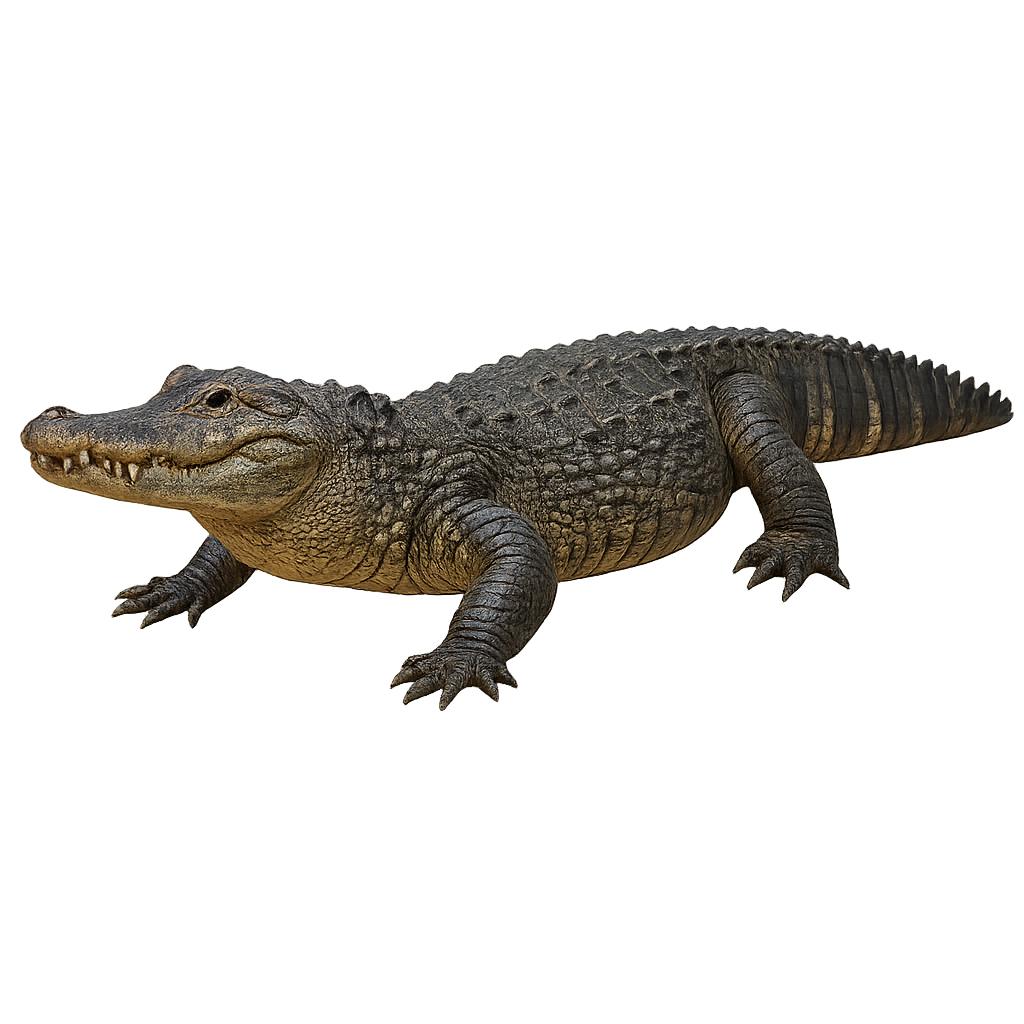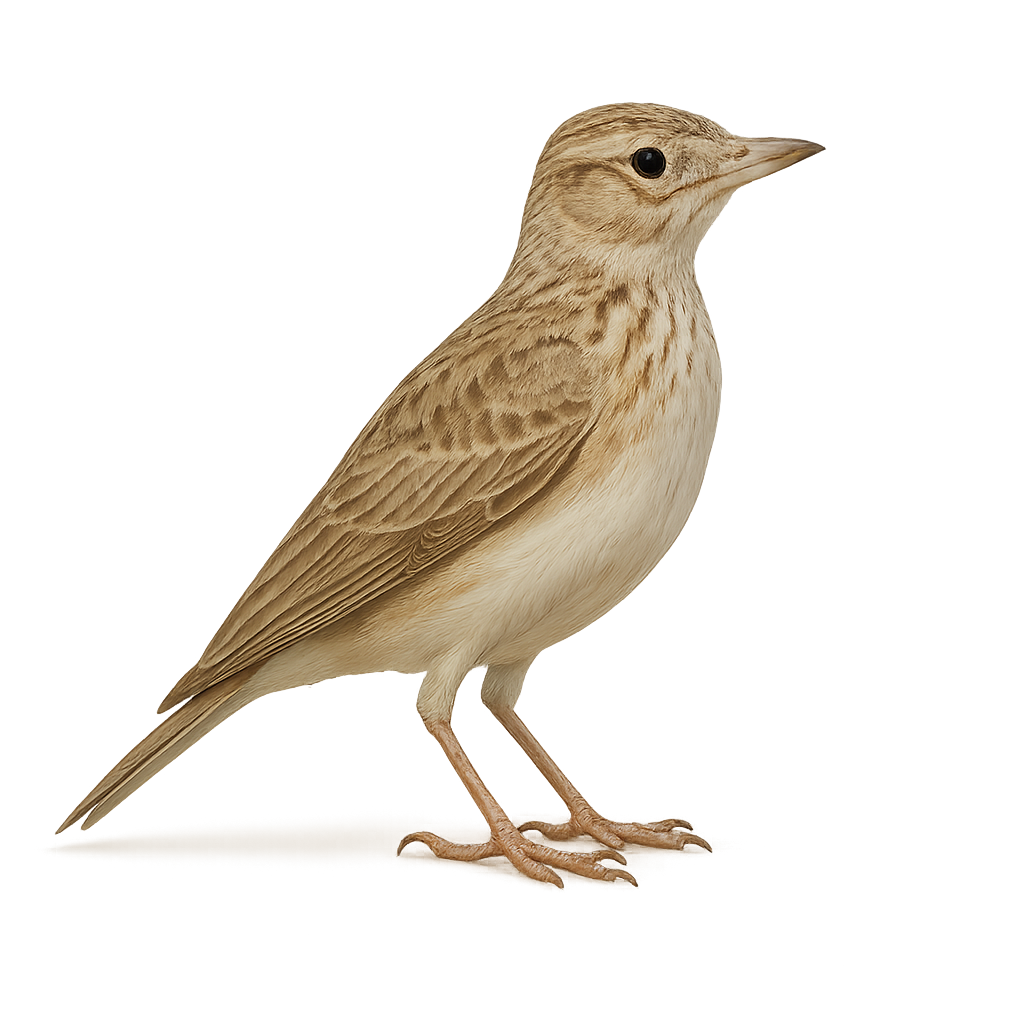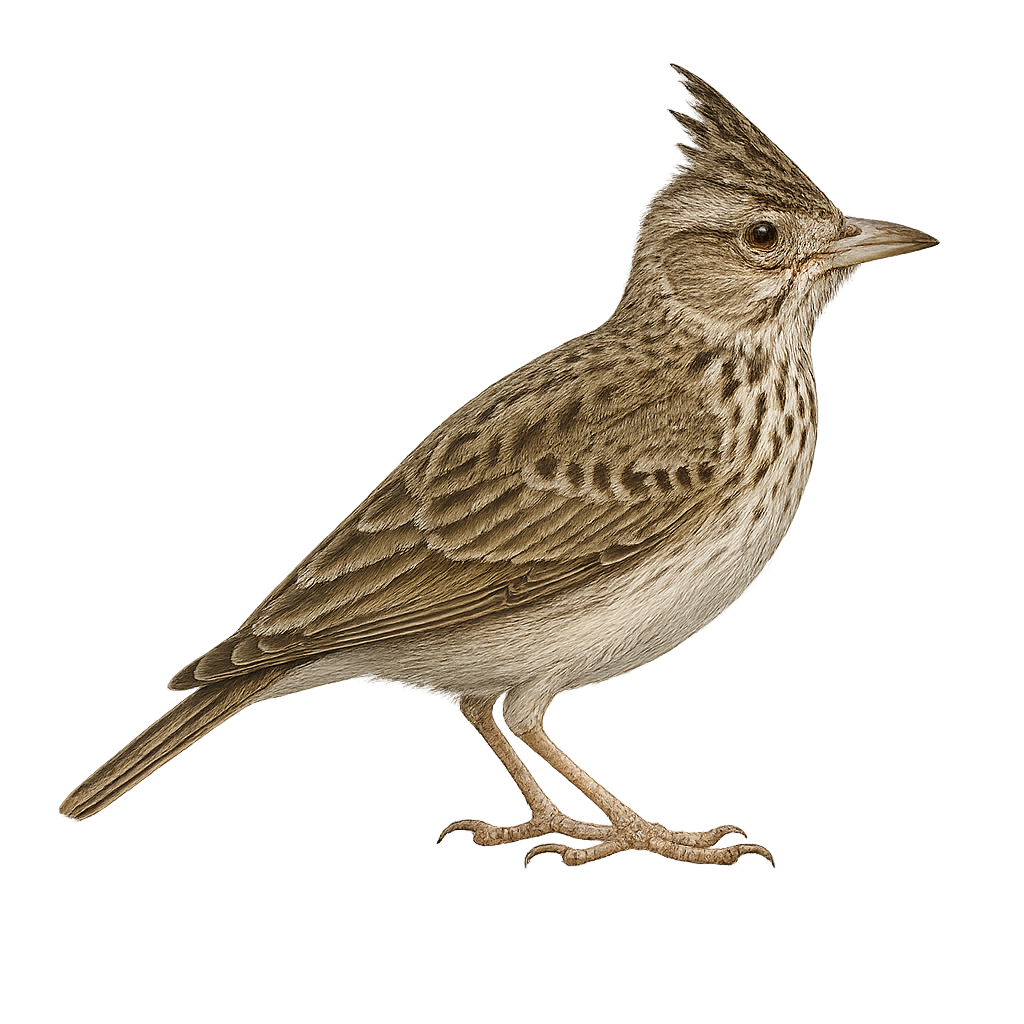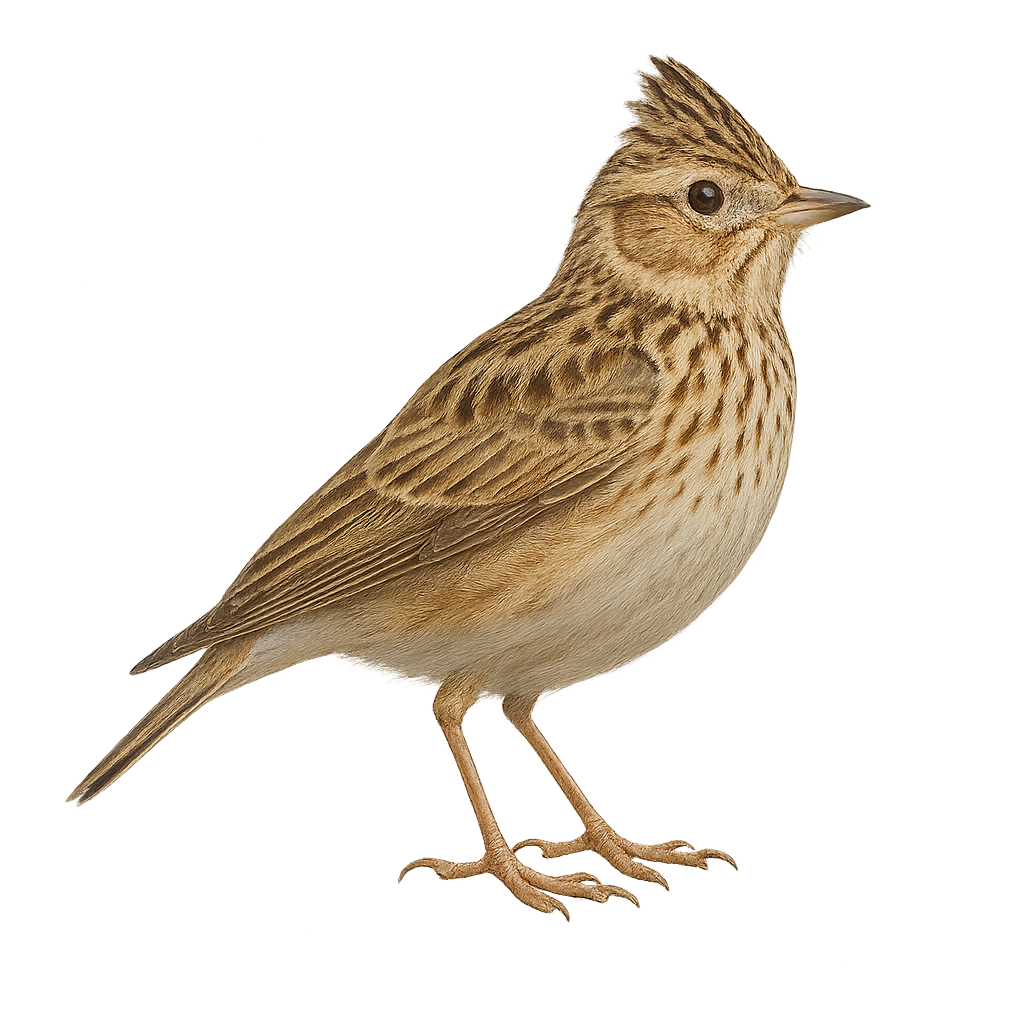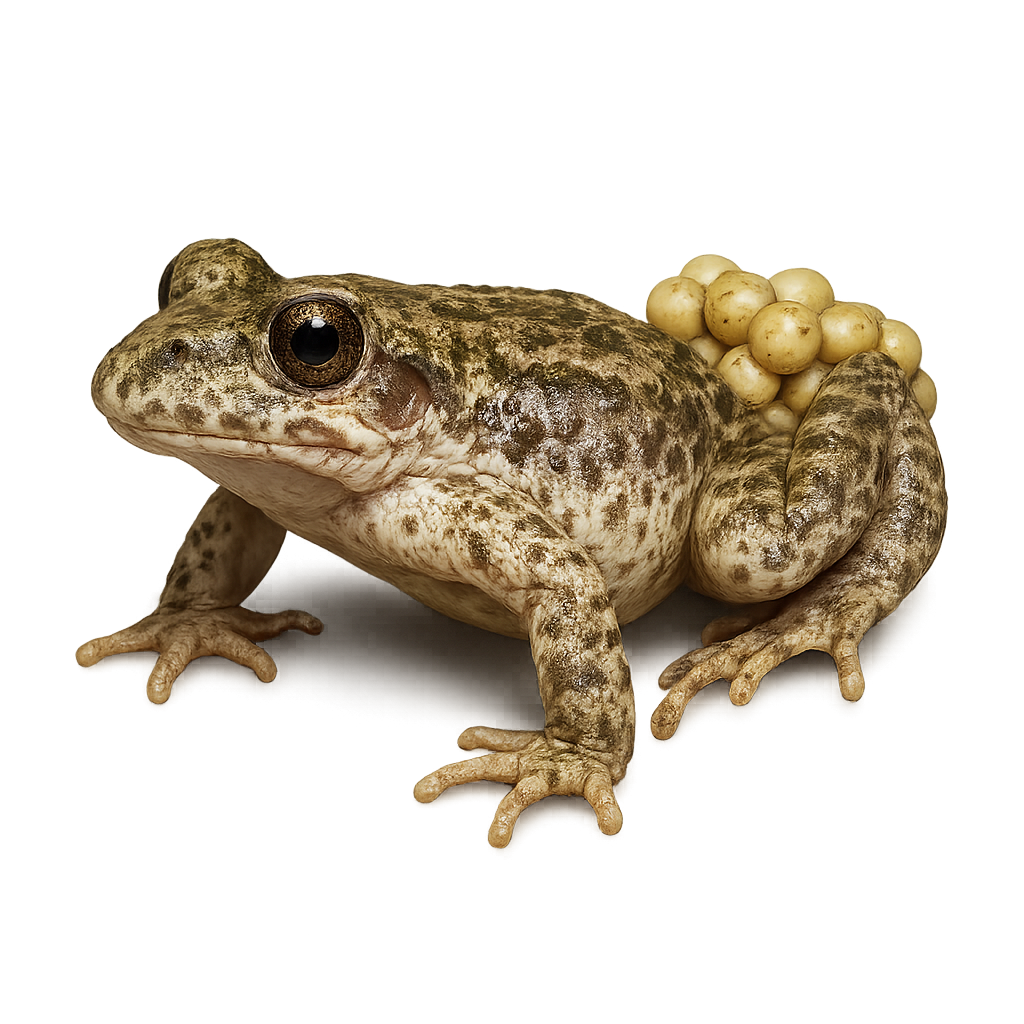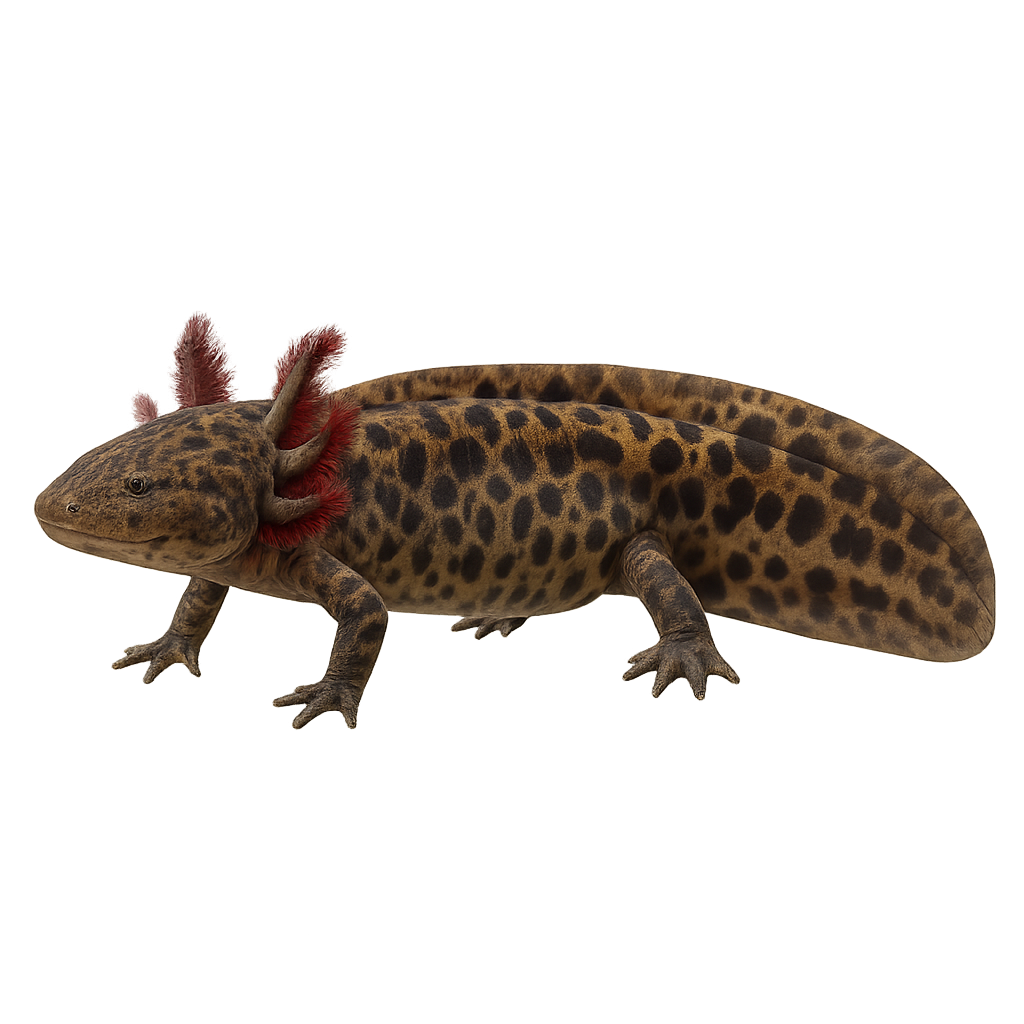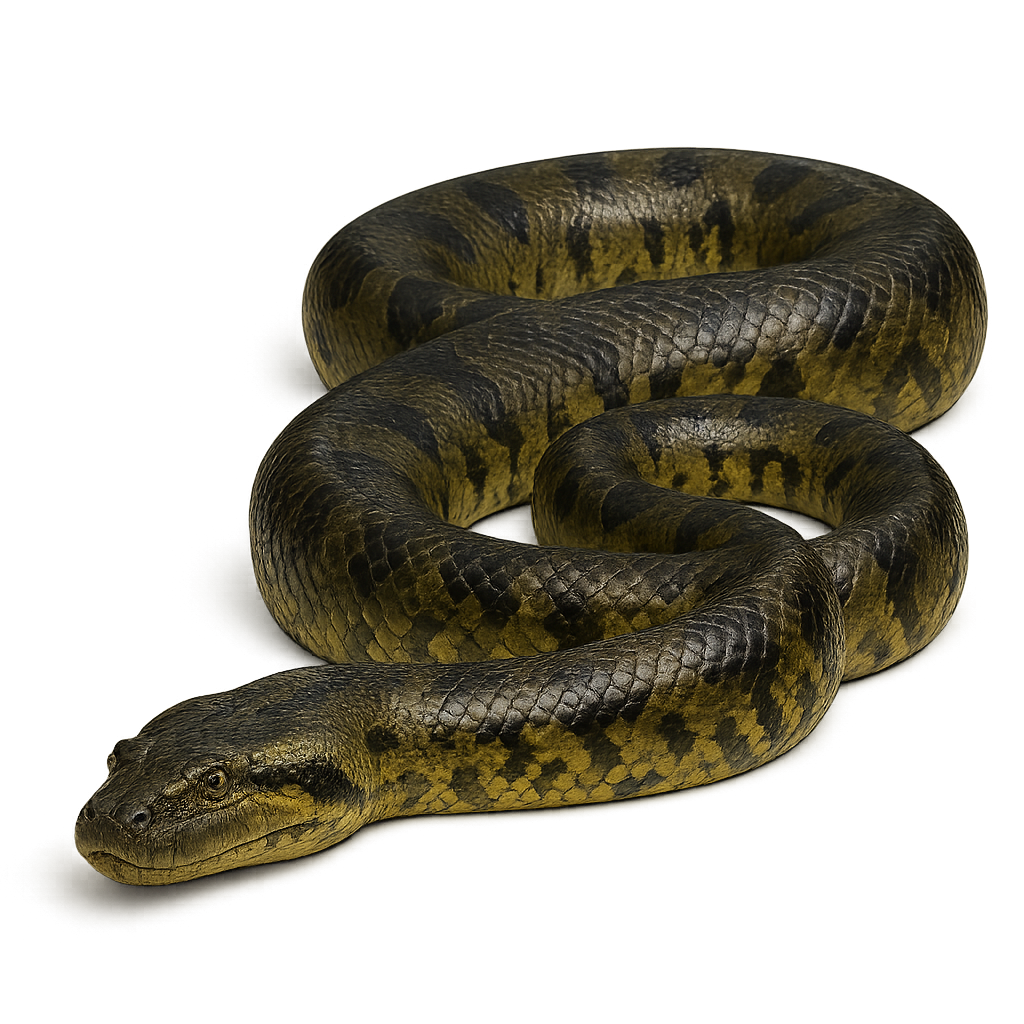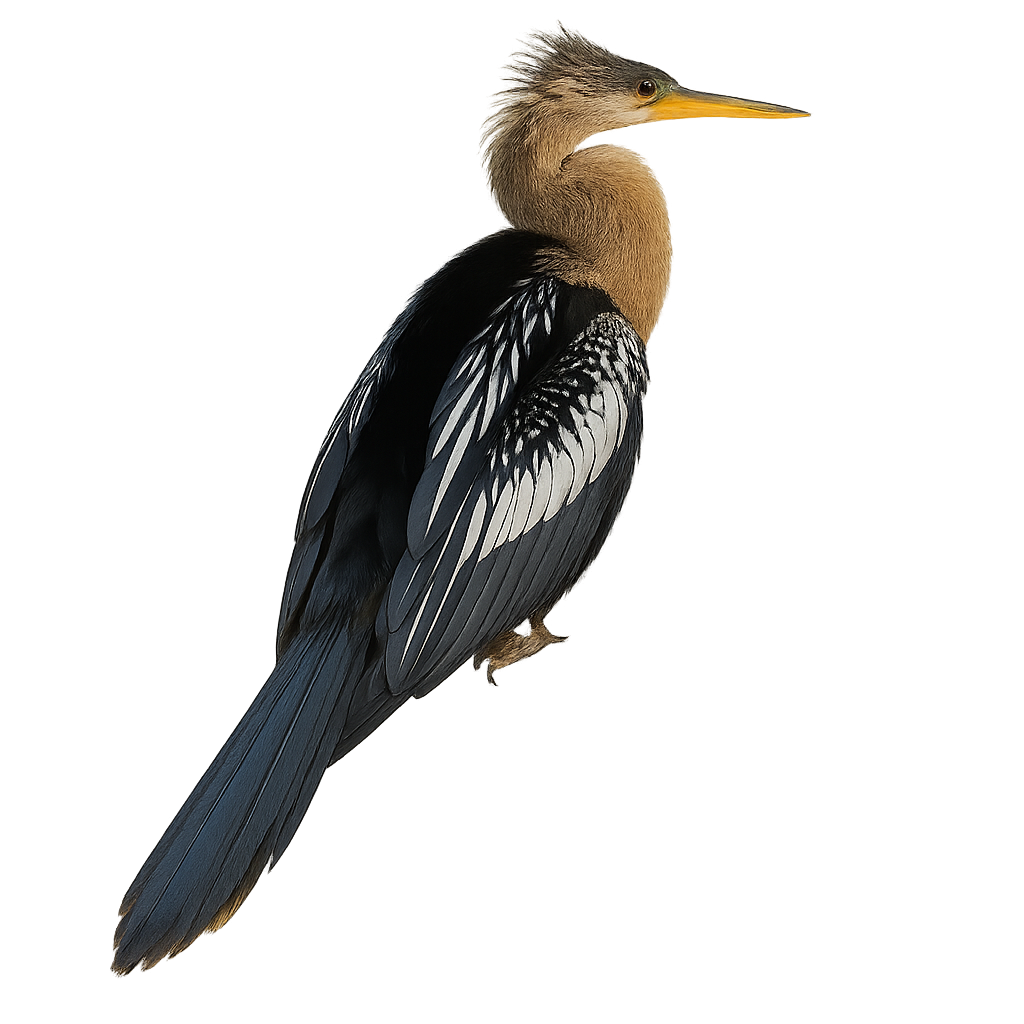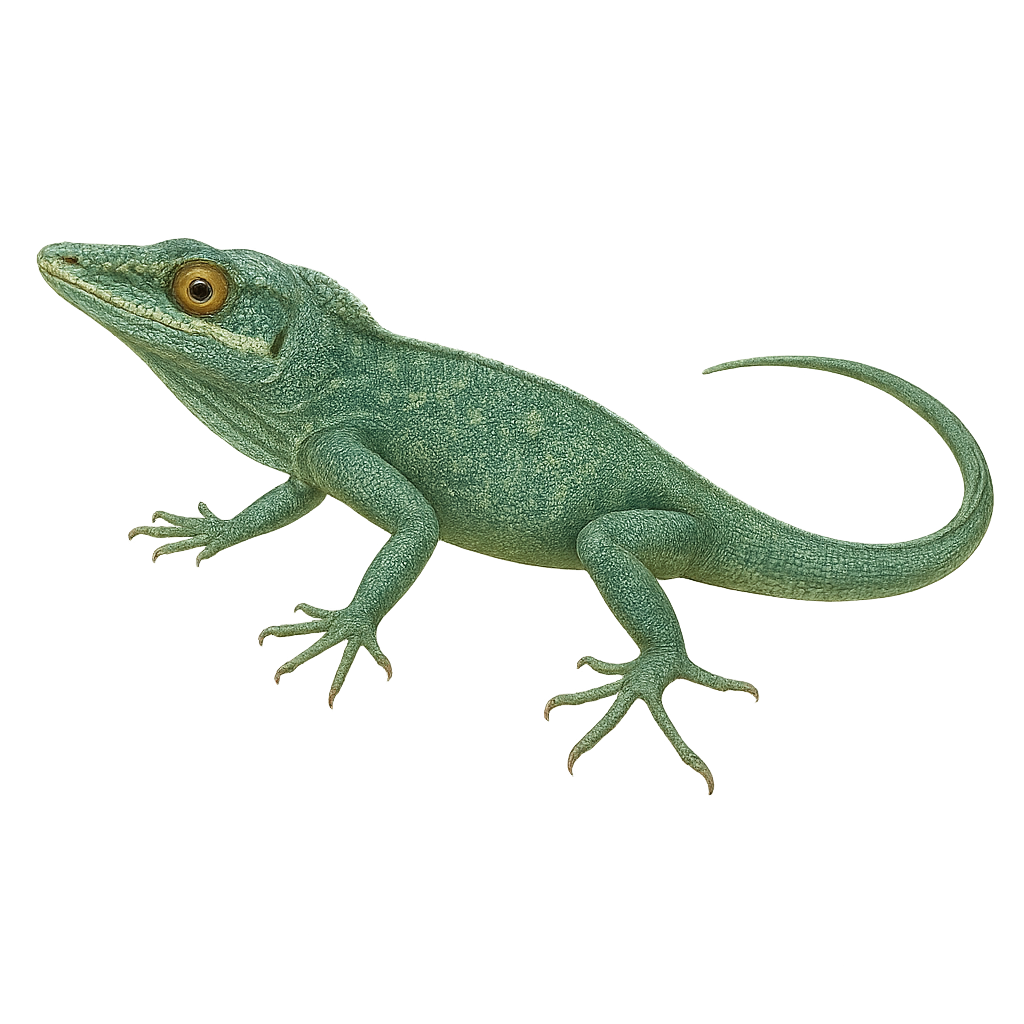The alpine accentor is a small mountain passerine, 14–15 cm long, with streaked grey-brown plumage and a slightly darker head. It inhabits alpine rocky slopes, scree, and high meadows, feeding on insects, seeds, and berries. During the breeding season, males and females establish territories and the male performs song flights to attract the female.
The dunnock is a small passerine, 12–14 cm long, with streaked brownish-grey plumage, an unobtrusive posture and a quick, darting flight. It inhabits hedgerows, woodland edges and gardens, feeding on seeds and insects searched for on the ground or in foliage. During the breeding season, the male sings from a low perch to attract the female and defend a compact territory.
The Uromastyx aegyptia, or Egyptian spiny-tailed lizard, is a robust lizard of 30–40 cm snout-vent length, with a long spiny tail used for defense. It inhabits rocky deserts and semi-arid steppes of North Africa and the Middle East. An opportunistic herbivore, it feeds on leaves, flowers, and succulent fruits. During the breeding season (April 1 to May 31), males become more colorful and perform threat displays, whipping their spiny tails in rivalry.
The Sinai agama is a small agamid lizard up to 18 cm long (including tail), with olive-brown dorsal coloration marked with dark spots and a slender head. Native to arid regions of northeastern Africa and the Arabian Peninsula, it inhabits rocks, cliffs, and sandy ground, feeding primarily on insects and other arthropods. During the breeding season (April to June), the male turns bright blue and performs head-bobbing and push-up displays to court females.
The wedge-tailed eagle is a large raptor measuring 0.9–1.3 m with dark brown plumage and long, slender wings. It inhabits savannas, open woodlands, plains and cliffs, feeding mainly on mammals, birds and reptiles. During nesting, pairs build large stick nests in trees or on cliffs.
The Booted Eagle is an elegant raptor, known for its narrow wings and ability to move quickly through the air. Found mainly in Europe, Asia, and the Middle East, this eagle is often seen hunting small mammals and birds in open landscapes such as meadows or fields. While it is smaller than other eagles, its agile flight and hunting technique make it an impressive bird.
During courtship displays, the Booted Eagle performs aerial acrobatics, where males dive in spirals before quickly climbing to attract the attention of females.
The Greater Spotted Eagle is an imposing raptor, recognizable by its dark plumage and robust silhouette. This large eagle is mainly found in Eastern Europe and Asia, where it hunts large mammals, birds, and sometimes even reptiles. It mainly inhabits open landscapes such as meadows, steppe areas, and marshes. Its powerful call, which is the source of its name, is often seen as a symbol of strength and sovereignty in local cultures.
During the breeding season, the Greater Spotted Eagle performs majestic flights and powerful calls to mark its territory and attract a mate.
The Philippine eagle is one of the largest eagles in the world and the national emblem of the Philippines. This majestic raptor is recognizable by the plume crest on its head and its piercing gaze. It primarily lives in the tropical forests of the Philippine mountains, where it hunts primates, reptiles, and other small mammals. Due to massive deforestation and hunting, the Philippine eagle is now considered critically endangered. Its population has drastically declined in recent decades, and conservation efforts are underway to protect this unique species.
The Steppe Eagle, Aquila nipalensis, is a large and majestic bird of prey, easily identifiable by its dark brown plumage and broad, powerful wings. It has a lighter head and a strong beak, perfect for tearing its prey. This bird is primarily found in the steppes and grasslands of Central Asia, but migrates to Africa and South Asia during winter. An opportunistic predator, it feeds mainly on small mammals, birds, and carrion. Although it is a solitary hunter, it can sometimes be seen in groups during migration. Its population is declining, mainly due to habitat loss and poisoning.
The Eastern imperial eagle is a large raptor measuring 68–90 cm in body length and spanning 1.76–2.2 m, with dark brown plumage, a pale golden head and contrasting white shoulder patches. It inhabits mature forest edges, wooded mosaics and open steppes across southeastern Europe and Central Asia, hunting primarily small mammals, birds and reptiles by stoop or soaring flight.
The Black-and-white Hawk-Eagle is an elegant forest raptor of tropical America, measuring between 51 and 61 cm in length with a wingspan of 110 to 135 cm. It is distinguished by its contrasting plumage: white head, neck, and underparts; black wings and back; and a tail barred with black and white. A small black crest adorns its head, and a black band crosses its yellow eyes. This predator inhabits humid tropical forests, forest edges, and open woodlands from southern Mexico to northern Argentina. It primarily hunts arboreal birds like toucans and parrots, but also preys on mammals, reptiles, and amphibians. Although listed as Least Concern by the IUCN, it is sensitive to deforestation and habitat fragmentation.
The Ornate Hawk-Eagle is a forest raptor from tropical America, measuring between 58 and 67 cm in length. It features a raised black crest, rufous head and flanks, a white throat bordered with black, and a black-and-white barred underside. Juveniles have paler plumage with a white head. An agile predator, it primarily hunts medium to large birds (toucans, parrots, tinamous), arboreal mammals (squirrels, agoutis), and occasionally reptiles. It inhabits primary and secondary humid tropical forests from southern Mexico to Argentina. Deforestation and hunting have led to population declines, classifying it as Near Threatened by the IUCN.
The lesser spotted eagle is a medium-sized eagle, 62–68 cm long with a 145–165 cm wingspan, pale brown head and wing coverts contrasting with darker plumage, and usually a white 'V' on the rump. It inhabits open or lightly wooded country, feeding mainly on small mammals, birds and reptiles. During breeding, males perform undulating display flights and vocalize to attract females and defend territories.
The Tawny Eagle, or Aquila rapax, is a majestic bird of prey found mainly in sub-Saharan Africa and South Asia. This raptor is recognizable by its golden-brown plumage, broad wings, and relatively short tail. It measures between 60 and 75 cm in length with a wingspan of up to 2 meters. Preferring savannas, steppes, and semi-deserts, it primarily feeds on carrion but also hunts small mammals and birds. Its call is a piercing whistle, often heard during the breeding season. Although a solitary hunter, it can be seen in groups around carcasses.
The Golden Eagle is one of the most majestic raptors, easily recognized by its golden-brown plumage and imposing silhouette. This large eagle is widely distributed across the Northern Hemisphere, from the mountains of Europe and Asia to the more arid regions of North America. It primarily hunts medium-sized mammals but can also target larger birds. The Golden Eagle is a solitary bird, known for its flying prowess and its ability to cover great distances in search of food.
During the breeding season, the Golden Eagle performs spectacular courtship displays, where males execute aerial acrobatics to impress females.
The Little Egret is an elegant bird, easily recognized by its pure white plumage and long black legs. It is mainly found in wetland areas of Europe, Asia, and Africa, where it hunts small fish, insects, and crustaceans. This small heron is known for its graceful behavior, moving slowly through shallow waters to spot its prey. During the breeding season, it sports spectacular nuptial plumes that add to its beauty.
The Little Egret is a social bird, often feeding in groups in marshes and lagoons, creating scenes of great beauty.
The black-browed albatross is a large seabird in the family Diomedeidae, measuring 90–100 cm in length with narrow wings spanning 200–230 cm, and characterized by a pale head marked by black brow streaks. It inhabits temperate to subantarctic oceanic waters and coastal areas, feeding mainly on fish and squid captured at the surface or by shallow dives, and breeds in large colonies on subantarctic islands. During the breeding season, pairs nest on coastal cliffs or grasslands and lay a single egg.
The Royal Albatross is one of the largest and most majestic species of albatross, easily recognizable by its long, tapered wings that can span up to 3 meters. This seabird, which frequents the Australian and Antarctic oceans, is a master of gliding flight, capable of covering vast distances without flapping its wings. The Royal Albatross hunts fish and squid, which it captures with great precision by diving from the air.
During the breeding season, the Royal Albatross performs complex courtship dances to attract a mate, an impressive display that reflects the majesty of this bird.
The American Alligator, often simply referred to as the Mississippi Alligator, is an imposing and formidable reptile, easily recognizable by its dark skin and sharp eyes. It primarily inhabits the swamps, rivers, and lakes of the southeastern United States, where it is a top predator in the food chain. The alligator is an opportunistic hunter, feeding on fish, birds, small mammals, and even carrion. It has a remarkable ability to adapt and can survive in various environments, from freshwater swamps to salty coastal areas.
During the breeding season, males emit powerful calls that echo through the swamps to attract females, and nests are built in strategic locations to maximize egg protection.
Native to the rivers and swamps of the Yangtze in China, the Chinese alligator is one of the rarest and most endangered alligator species in the world. It has a smaller size compared to the American alligator, with a maximum length of around 2.5 meters. This reptile primarily feeds on fish, crustaceans, and small mammals. Due to habitat loss and hunting, the Chinese alligator is now classified as critically endangered.
The lesser short-toed lark is a small passerine, 12–14 cm long, with streaked brown-grey plumage, a darker crown, and pale throat. It inhabits dry grasslands, steppes, and cereal fields across Europe, Asia, and North Africa, feeding mainly on insects and seeds on the ground. During breeding (April to July), the male performs song flights and ground displays to attract the female.
The Alauda razae, commonly known as the Razo Skylark, is a bird species endemic to the island of Razo in the Cape Verde archipelago. This medium-sized bird, with its light brown plumage streaked with black, is perfectly adapted to its insular environment. It is known for its melodious and complex song, often performed in flight. The Razo Skylark is a terrestrial bird that prefers the open and arid areas of the island, where it primarily feeds on seeds and insects. Unfortunately, this species is critically endangered due to habitat loss and predation by introduced species. Conservation efforts are underway to protect this unique bird and its fragile habitat.
The Eurasian skylark is a small passerine of 15–17 cm with streaked brown plumage and pale underparts. It inhabits grasslands, cultivated fields and fallow land, feeding on seeds and insects on the ground or in flight. During the breeding season, males perform hovering song flights to attract females and defend territory.
The Lulu's lark is a small lark found primarily in meadows, heathlands, and open fields across Europe and Asia. It is distinguished by its streaked brown plumage, light belly, and its discreet ground movements. This small bird is particularly known for its powerful song, which it performs in flight during its courtship displays. The Lulu’s lark primarily feeds on insects and seeds, which it searches for in low vegetation or on the ground.
The common midwife toad is a stocky amphibian of 5–6 cm, with smooth olive-grey dorsal skin and a spotted throat. A terrestrial species of temperate Europe, it inhabits forest edges, meadows and urban areas near water bodies, where females lay eggs that males carry in strands until hatching.
The Fisher’s salamander is an urodele amphibian endemic to the Lake Pátzcuaro basin (Michoacán, Mexico). It inhabits hot springs, marshes and wet meadows at 2030–2120 m elevation. Strictly nocturnal, it feeds on aquatic insects and small crustaceans. During the breeding season (July to September), males become territorial and perform body-undulation displays before egg‐laying.
The Green Anaconda is one of the largest and most powerful snakes in the world, known for its impressive size, which can exceed 8 meters in length. This semi-aquatic snake lives in the rivers and swamps of the tropical forests of South America, where it preys on animals as large as caimans, deer, and fish. With its muscular body and constriction technique, the Anaconda can immobilize and swallow prey much larger than itself. It spends most of its time in the water, where it moves with remarkable agility.
Although often feared, the Green Anaconda is a discreet predator, preferring to camouflage itself in dense vegetation while waiting for prey.
The Anhinga, also known as the "snakebird," is a captivating aquatic bird. It is characterized by its long, sinuous neck and sharp beak, ideal for catching fish. Its plumage is predominantly black with metallic sheens, and its wings feature distinctive silver patterns. Unlike other water birds, the Anhinga lacks oil glands to waterproof its feathers, making it more adept at diving deep to hunt. After fishing, it must dry its wings by spreading them in the sun. It is primarily found in swamps, lakes, and rivers of Central and South America.
The Blue Anole is a small arboreal lizard, measuring approximately 13 to 15 cm in total length. It is notable for its uniform bright blue coloration, unique among reptiles. Males have a pure white dewlap. This species is endemic to Gorgona Island, off the coast of Colombia, where it inhabits the canopy of humid tropical forests. It is diurnal and primarily insectivorous. Reproduction is oviparous, with eggs laid on vegetation surfaces. Classified as Near Threatened by the IUCN, the species is vulnerable due to its limited distribution and deforestation.
The Knight Anole, or Anolis equestris, is a large lizard native to Cuba, although it has been introduced to parts of Florida. It can grow up to 50 cm in length, including the tail, and is known for its bright green color, which can vary depending on its mood or environment. This arboreal lizard prefers humid tropical forests where it primarily feeds on insects, small birds, and fruits. It has a broad head and mobile eyes, allowing for effective peripheral vision. Males have a prominent dewlap used to impress females or intimidate rivals.



